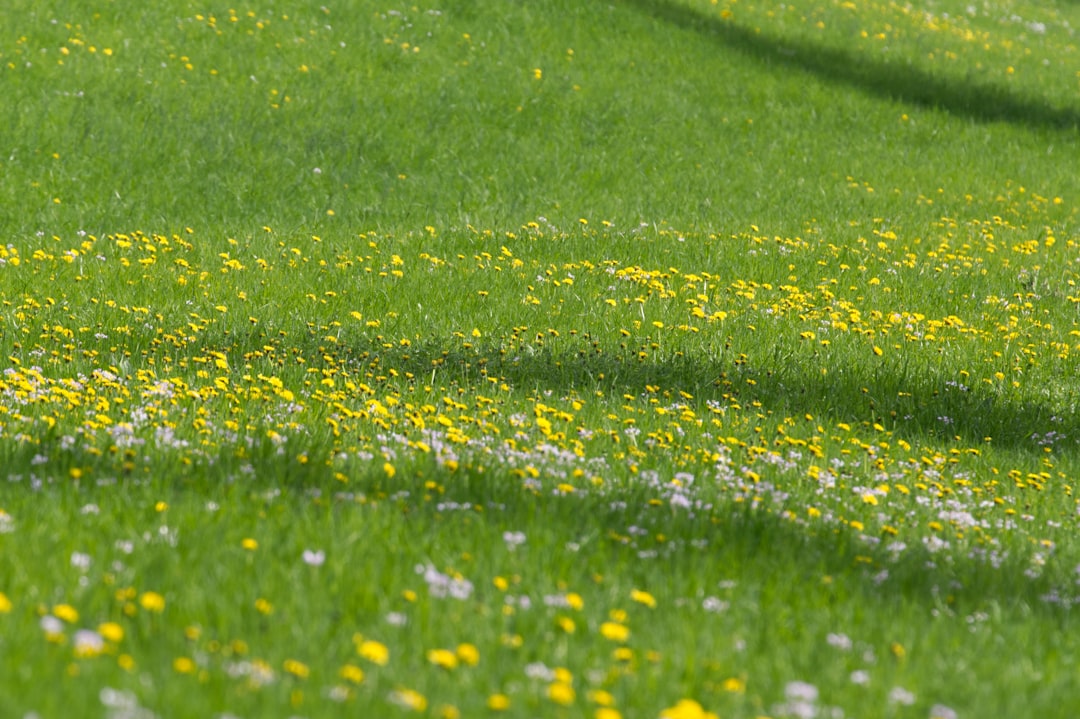The Golden Charm of Your Garden: Yellow Bells

When it comes to adding a touch of vibrant color and tropical allure to your garden, few plants can rival the beauty and charm of yellow bells. This large tropical shrub is a true gem that can transform any outdoor space into a haven of natural splendor.
Yellow bells, scientifically known as Tecoma stans, is a member of the Bignoniaceae family. It is native to the Americas, from the southern United States to South America. This hardy shrub has adapted well to a variety of climates, making it a popular choice for gardeners around the world.
One of the most striking features of yellow bells is its dark green leaves. These leaves are lance - shaped and provide a lush backdrop for the star of the show: the golden - yellow flowers. The flowers are tubular in shape and grow in clusters at the end of the branches. They bloom profusely from spring to fall, attracting bees, butterflies, and hummingbirds with their sweet nectar. The bright yellow color of the flowers is not only visually appealing but also symbolizes happiness, joy, and friendship, adding a positive and cheerful vibe to your garden.
Planting yellow bells in your garden is a relatively straightforward process. First, choose a location that receives full sun to partial shade. Yellow bells thrive in well - drained soil, so make sure the planting area has good drainage. Dig a hole that is twice as wide and just as deep as the root ball of the shrub. Place the shrub in the hole, backfill with soil, and gently firm the soil around the base of the plant. Water thoroughly after planting to help the roots establish.
Once established, yellow bells are relatively low - maintenance. They are drought - tolerant, which means you don't have to water them frequently. However, during prolonged dry spells, it's a good idea to give them a deep watering to keep them healthy. Fertilize the shrub in the spring with a balanced fertilizer to promote healthy growth and abundant flowering. Pruning is also important to maintain the shape and size of the shrub. You can prune yellow bells in late winter or early spring before new growth begins. Remove any dead, damaged, or diseased branches, and trim back any overgrown branches to encourage bushier growth.
Yellow bells can be used in a variety of garden settings. They make excellent specimen plants when planted alone in a prominent location in the garden. Their tall stature and bright flowers can serve as a focal point. You can also plant them in groups to create a colorful hedge or border. They pair well with other tropical plants such as hibiscus, bougainvillea, and plumeria, creating a lush and exotic garden landscape.
In addition to their aesthetic value, yellow bells also have some practical uses. In traditional medicine, various parts of the plant have been used to treat a range of ailments. The leaves have been used to make a tea that is believed to have anti - inflammatory and diuretic properties. However, it's important to note that you should always consult a medical professional before using any plant for medicinal purposes.
Another benefit of yellow bells is that they are deer - resistant. If you live in an area where deer are a problem in the garden, planting yellow bells can be a great solution. Deer tend to avoid these shrubs, which means your garden can remain beautiful and intact without the worry of deer damage.
When it comes to propagation, yellow bells can be propagated from cuttings or seeds. Taking cuttings is a relatively easy and reliable method. Select a healthy stem from the shrub, cut it just below a node, and remove the lower leaves. Dip the cut end in rooting hormone and plant it in a pot filled with a well - draining potting mix. Keep the soil moist and place the pot in a warm, bright location. Roots should develop within a few weeks. Propagating from seeds is also possible, but it may take longer for the plants to reach maturity.
In conclusion, yellow bells are a wonderful addition to any garden. Their golden - yellow flowers, dark green leaves, and low - maintenance nature make them a favorite among gardeners. Whether you're looking to add a splash of color to your front yard, create a tropical oasis in your backyard, or simply enjoy the beauty of nature, yellow bells are sure to delight. So, why not bring the golden charm of yellow bells to your garden today?